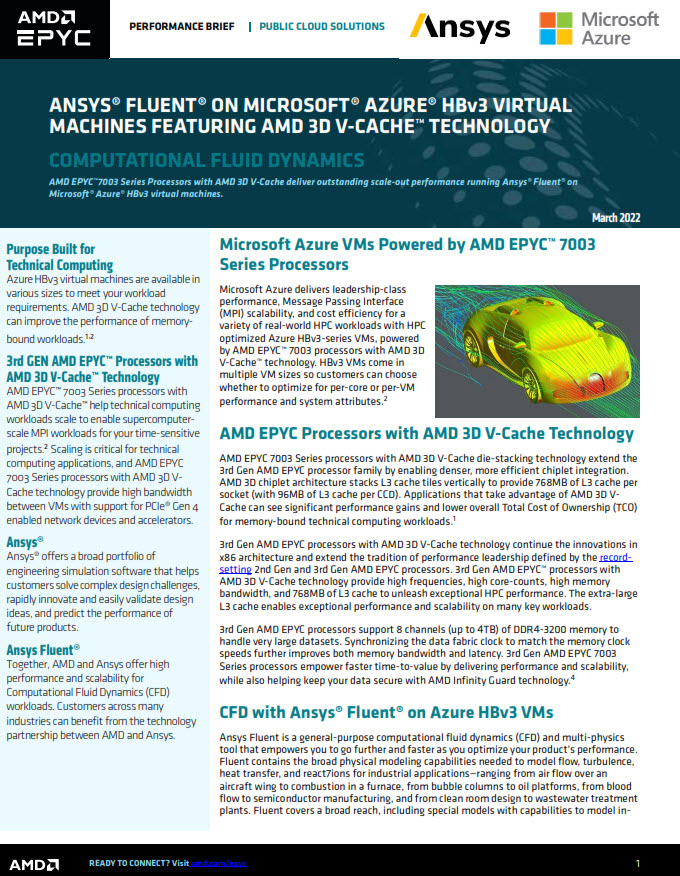Next-generation sequencing methods are empowering doctors and researchers to improve their ability to treat diseases, predict and prevent diseases before they occur, and personalize treatments to specific patient profiles. “With this increase in knowledge comes a tidal wave of data. Genomic data is growing so quickly that scientists are predicting that this data will soon take the lead as the largest data category in the world, eventually creating more digital information than astronomy, particle physics and even popular Internet sites like YouTube.”
Genome Analytics Driving a Healthcare Revolution
Next-Generation Sequencing Improving Precision Medicine

Genomic sequencing has progressed so rapidly that researchers can now analyze the genetic profiles of healthy individuals to uncover mutations that will almost certainly lead to a genetic condition. These breakthroughs are demonstrating that the future of genomic medicine will focus not just on the ability to reactively treat diseases, but on predicting and preventing them before they occur.
Next-Generation Sequencing Altering the Patient Care Landscape

Next-generation sequencing (NGS) tools produce vast quantities of genetic data which poses a growing number of challenges to life sciences organizations. Accelerating analytics, providing adequate storage and memory capacity, speeding time-to-solution, and reducing costs are major concerns for IT department operating on traditional computing systems. In this week’s Sponsored Post, Bill Mannel, Vice President & General Manager of HPC Segment Solutions and Apollo Servers, Data Center Infrastructure Group at Hewlett Packard Enterprise, explains how next-generation sequencing is altering the patient care landscape.
Next Generation Sequencing

With a massive surge in genomics research, the ability to quickly process very large amounts of data is now required for any organization that is involved in genomics. While the cost has been reduced significantly, the amount of data that is produced is has increased as well. This article describes next generation sequencing and how a combination of hardware and innovative software can decrease the amount of time to sequence genomes.
Next Generation Sequencing with DDN
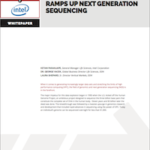
When it comes to generating increasingly larger data sets and stretching the limits of high performance computing (HPC), the field of genomics and next generation sequencing (NGS) is in the forefront.
The major impetus for this data explosion began in 1990 when the U.S. kicked off the Human Genome Project, an ambitious project designed to sequence the three billion base pairs that constitute the complete set of DNA in the human body. Eleven years and $3 billion later the deed was done. This breakthrough was followed by a massive upsurge in genomics research and development that included rapid advances in sequencing using the power of HPC. Today an individual’s genome can be sequenced overnight for less than $1,000.
Life Sciences with HPC Systems
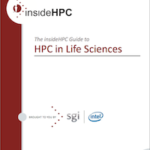
The term next generation sequencing (NGS) is really a misnomer. NGS implies a single methodology, but the fact is that over the past 10 to 15 years there have been multiple generations and the end is nowhere in sight. Technological advances in the field are continuing to emerge at a record setting pace.
SGI Solutions for Next Generation Sequencing
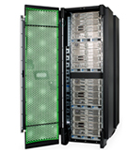
The SGI UV system allows computational biologists to take a different, far more effective approach to dealing with the huge data sets generated by contemporary Next Generation Sequencing (NGS) and analytic applications.
Removing Bottlenecks in Next Generation Sequencing
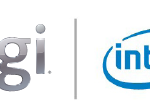
This is the 4th installment of a 6 article series on the trends and technologies impacting the application of HPC in Life Sciences. Here we explore how companies like SGI and Intel address computational and storage problems inherent in Next Generation Sequencing (NGS) applications.


